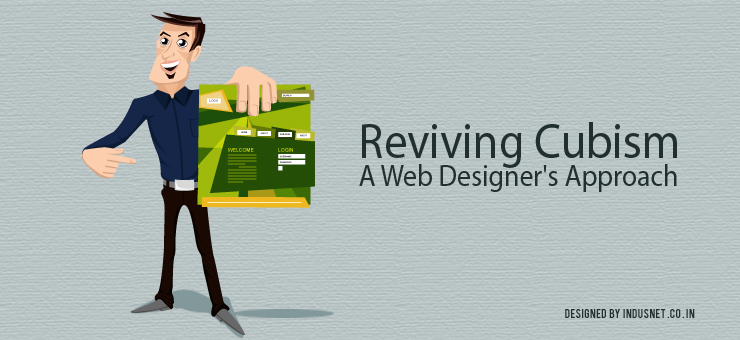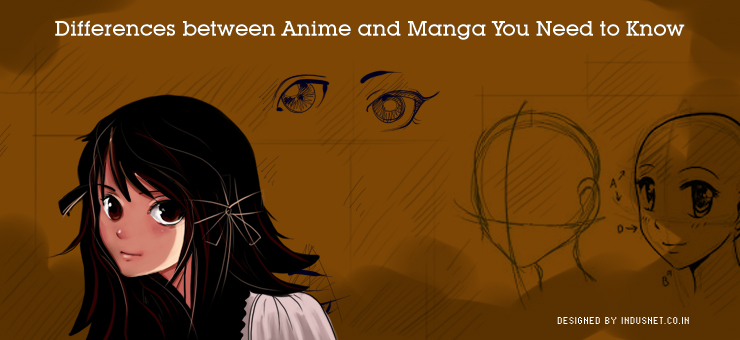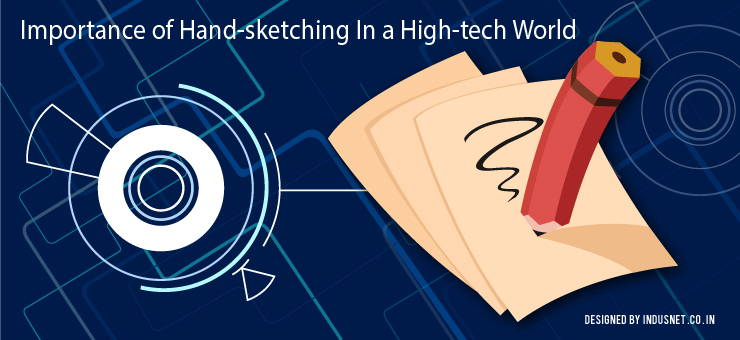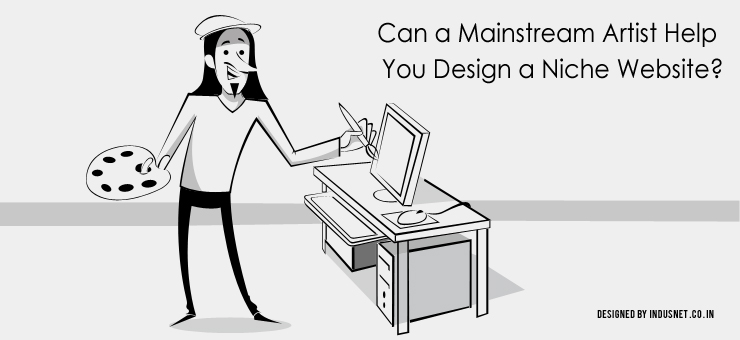
Reviving Cubism: A Web Designer’s Approach
Cubism, as we all know, was an important art movement in the early 20th century. Stalwarts such as Pablo Picasso, Georges Braque and others made cubism famous and brought the avant-garde art movement to the periphery of modernism. It revolutionized European sculpture and painting and people began to view art from a completely different angle. In fact, cubism is known to be the most influential art movement in 20th century. The fact that it paved way for many more art movements helped it to be a pioneer of sorts. Cubism, as we know it, is not really popular among web designers. In fact, cubist websites are not something that you come across every day. A simple Google search will yield you nothing. All that you see is a link that reviews a fictional cubist website that is terrible to navigate. Jokes apart, in this article, we shall learn more about the philosophy behind cubism and how web designers can benefit from it. We shall also try and understand if cubism is making a comeback in the design world. For all that we know, it might become the next big thing after a similar revival of pop culture, influenced by Andy Warhol. What is the technique behind Cubism? The technique behind cubism is quite simple. Usually, in Cubist artwork, objects are first analyzed. Once they are analyzed, they are broken up and dismantled, in a metaphorical way as well. Once they are broken up, they are reassembled as well. This gives us an idea about the object from perspectives that we wouldn’t have realized, if we presented the object in its original form. The fact that we dismantle an object, only to reassemble it later on, provides us with alternative perspectives and multitude of viewpoints. This helps the viewer to understand the object in a greater context, rather than just being stuck to its original intention. We must realize that no object exists without a context. The context can differ even if the object does not. However, the same object can take on different meanings depending on the context. Cubist works explore these ideas they often help us to assess and understand art works from multitudes of viewpoints. This is one of the reasons why cubism is considered an important modernist movement. Cubist aesthetics in web designing Cubist aesthetics, total abstraction or partly abstract, can be employed in websites. Cubist backgrounds can be used especially if the client is looking for a high-end and artistic website that is focused on capturing the attention of art buffs. A totally abstract cubist background will help you to give a mysterious and ethereal feel to the website. It is not possible to simply forego the importance of basic design structure but using a cubist aesthetic can make the website standout. Whether cubist patterns are used in the logo or on the background, you will always stand out from the rest of the crowd. The fact that not many people know or understand cubism is a problematic issue. It gives a sense of exclusivity to the website you create, albeit not in a good way. While exclusivity and artistic notions help drive traffic, it may alienate you from your target audience. You may end up keeping out people from websites. However, by using cubist aesthetics, you can attract those who are really interested in the client’s products and services. Abstract cubist aesthetics are great for artists, designers, and those who are in creative fields. Cubist philosophy in web designing Cubist philosophy centers and revolves around defining and representing the modern reality. It tries to make sense of the complex and the ambiguous without being burdened by new inventions, philosophical speculation and cultural diversity. Cubist philosophy tries to put all these disparate ideas factors into collages, which results in an almost postmodern condition. If you were wondering how this is related to a website, you need not go too far ahead. We must realize that we are surrounded by a number of technologies and cultures. If we were to make sense of this complex reality, cubism offers answers and solutions. By breaking up this complex structure, we can look at our reality from a number of perspectives. Building a cubist website A website is not meant to be something that cannot be understood. There must be a homepage, a page with contact details, a blog and a few other curios that help the visitors to get the information they need. What we really mean by creating a cubist website is to incorporate not only their aesthetics, but also their philosophy of making sense of the complex by breaking it down. You can easily do this by building a corporate website that is broken into sub-structures, instead of piling all the information together. By breaking a large website into smaller pages, we make it easier for viewers to understand the content and also ensure that new perspectives are enabled. This helps us to broaden our views and create new realities with the help of a website. How this is done will be explained below. There is a lot of stigma attached to art movements especially among those who are into hardcore technological professions. Yet, these art movements have much to tell and teach us. Just because you do not understand does not mean it is unimportant Once Pablo Picasso famously remarked “The fact that for a long time Cubism has not been understood and that even today there are people who cannot see anything in it means nothing. I do not read English, an English book is a blank book to me. This does not mean that the English language does not exist. Why should I blame anyone but myself if I cannot understand what I know nothing about?” Yet, we need to build websites that can be understood. In our frenzy to create cubist websites, we may forget that a website must be accessible to everyone, no matter what their level of expertise or education


